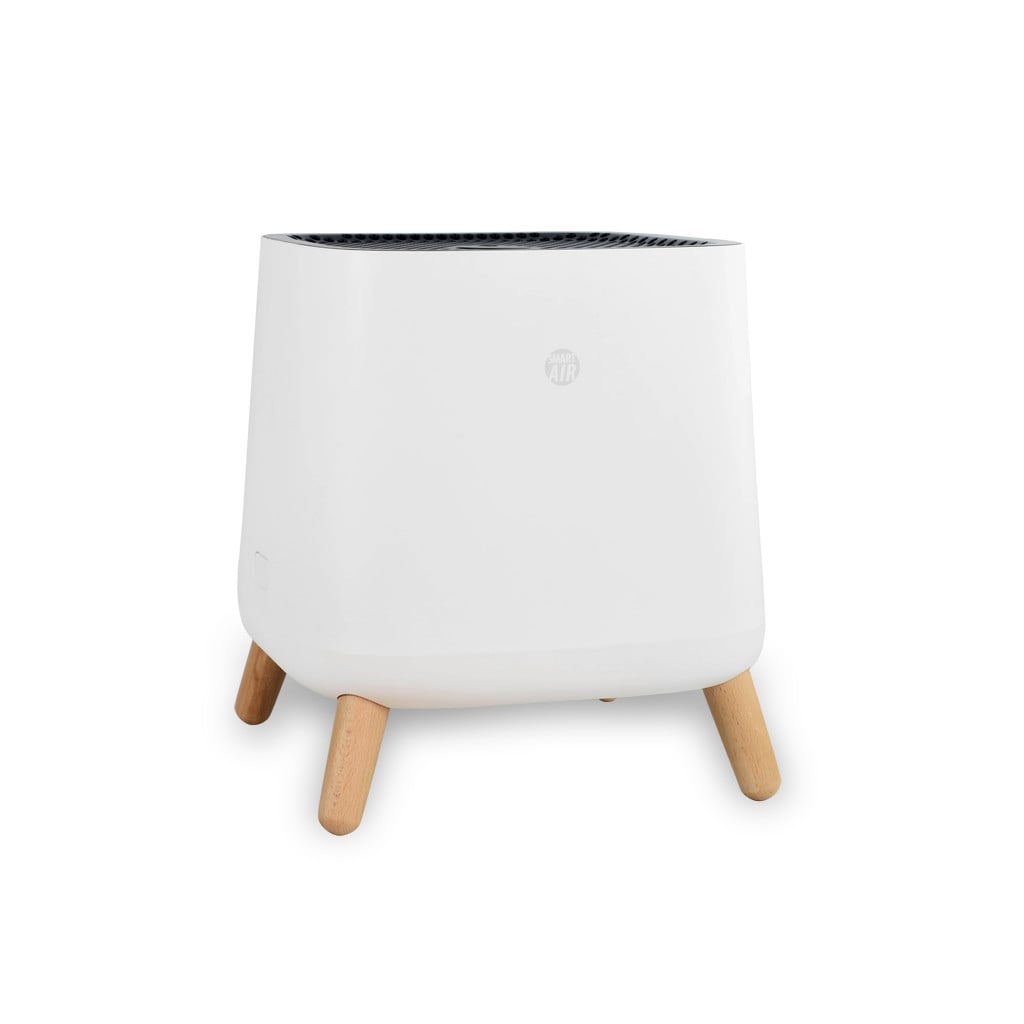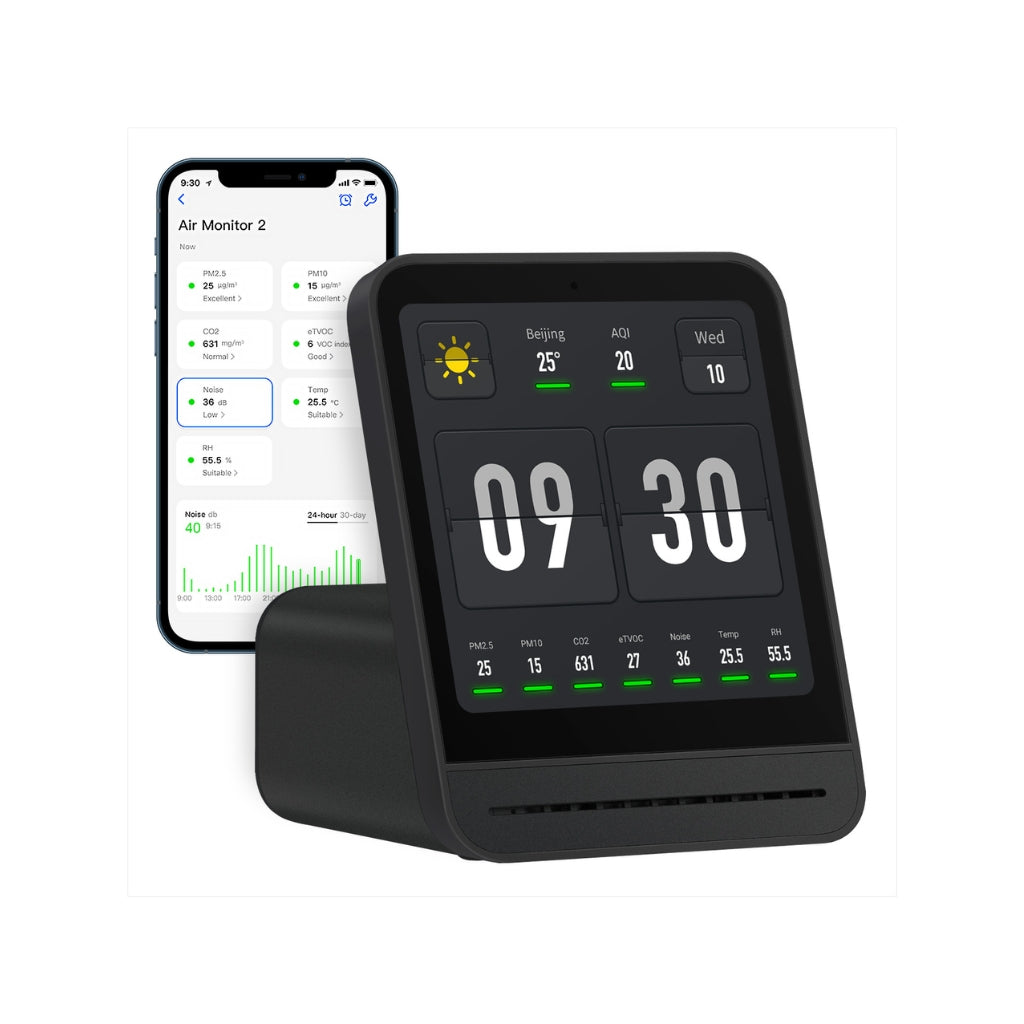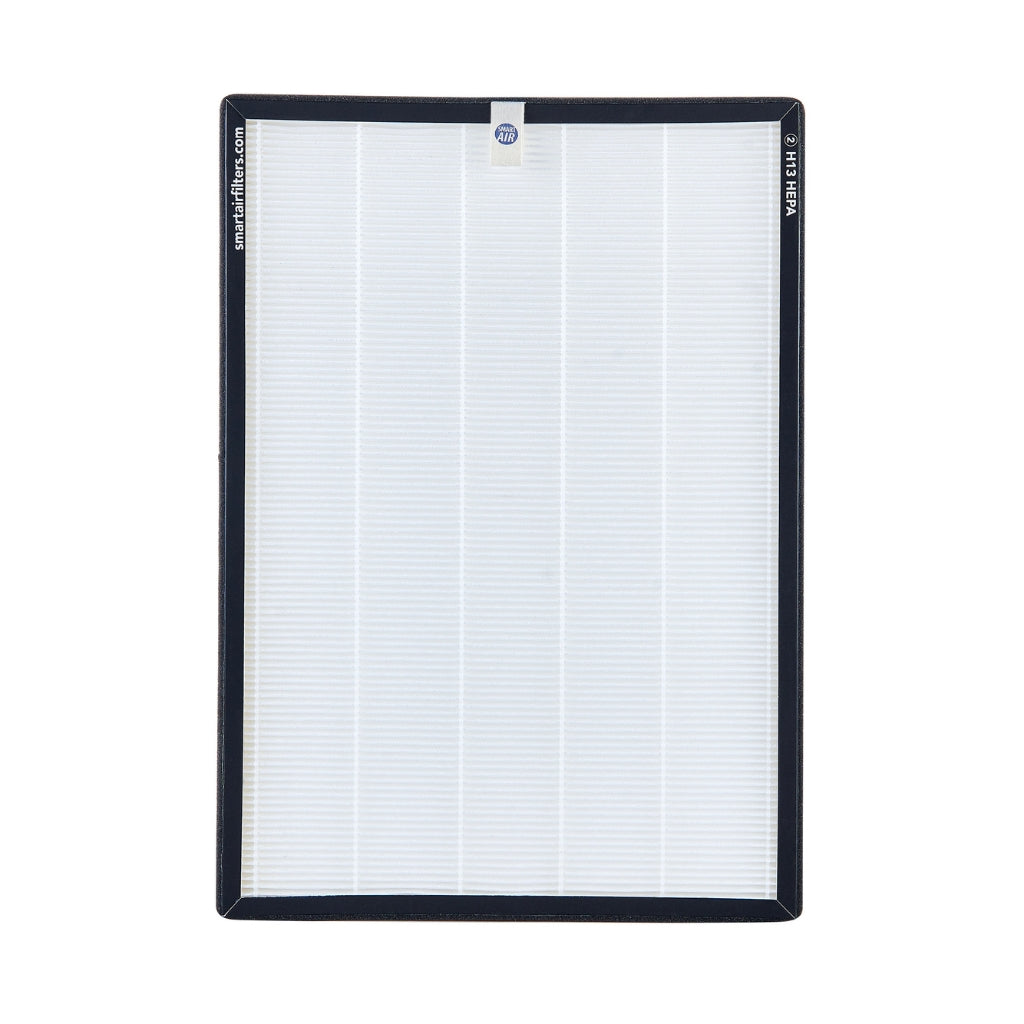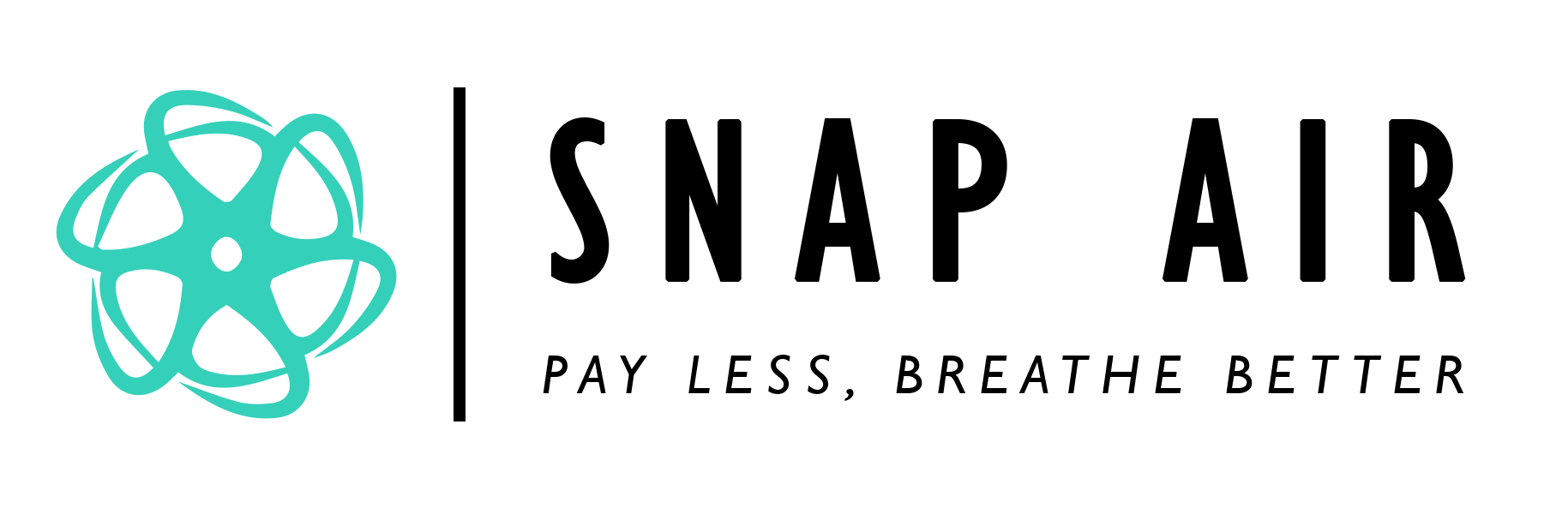
How Often Do You Need to Replace Air Purifier Filters?
One of the most important factors in how well your air purifier will keep the air clean, is ensuring the filters are changed at the right time. But how often do you need to replace these filters and when do you know its time to change them? Let's delve into the answer, with a focus on our range of air purifiers from Smart Air.
Key Points Summary
- The lifespan of air purifier filters largely depends on the air quality and the usage.
- HEPA filters typically last longer in relatively clean environments like New Zealand, as compared to more polluted areas.
- Carbon filters' lifespan can be tricky to determine due to varying levels of VOCs they tackle, but a very rough ballpark is every 3-6 months for our Sqair or SA600 and longer for models with more carbon like our Blast and Blast Mini.
- The absence of standardised testing across manufacturers makes comparing filter lifespans very challenging.
Filter Fundamentals: HEPA and Carbon Filters
Air purifiers primarily employ two kinds of filters: HEPA filters and Activated Carbon filters. While HEPA filters trap tiny particles, Carbon filters are your go-to for odour and gas absorption. Let’s explore their lifespans in a bit more detail.
HEPA Filters: The Color Cue and Real-World Results

HEPA filters work tirelessly to catch particles like dust, viruses, smoke and more. Over time, these particles accumulate, and the filter slowly becomes less efficient. A simple way to gauge a HEPA filter's lifespan is by checking its colour. A filter that’s turned from white to gray or black is ready for replacement.
The lifespan of HEPA filters can significantly vary based on the air quality they are subjected to. The main factors determining lifespan are the amount of pollutants in the air and the surface area of the HEPA filter.
Our SA600 and QT3 models include a filter replacement light which comes on after a set number of hours. This is a good cue to check if the HEPA filter needs replacing, or is still good to go for longer.
Based on real-world testing, we have estimated the following lifespans for our models:
| Model | Lifespan (hours) | Lifespan (months) | |
 |
QT3 (Travel) | 1200 | 10 |

 |
Sqair | 2550 | 10 |
 |
SA600 | 4750 | 19 |

 |
Blast Mini Mk II | 7800 | 32 |

 |
Blast Mk II | 10200 | 42 |
These figures are based on the HEPA filter lifespan calculator from Smart Air and use average pollution levels in New Zealand. This may increase or decrease depending on the pollution levels where you live.
So, remember, the cleaner the environment, the longer your HEPA filter will last.
Carbon Filters: The Smell Test
Determining the lifespan of carbon filters is much more complex due to the immense differences in levels of VOCs seen in different areas.
The more activated carbon a filter has, the longer it will last. This can be measured in the grams of carbon contained in the filter. Our models use actual pellets of carbon, extending the lifespan significantly compared to some other models out there.
Carbon filters, when exposed to high levels of VOCs - as is common in newly renovated or constructed homes can become saturated and lose their effectiveness far quicker than under regular indoor conditions.
To determine the effectiveness of your carbon filter, we recommend the “smell test”. It's a straightforward sniff test conducted on the carbon filter; if a sour or chemical odour is detected, it's time for a new filter. For more detail on performing this test, check out this link.
Shifting Standards: A Word of Caution
A noteworthy point is the lack of standardised testing for filter lifespans across manufacturers. A claimed lifespan of 12 months by one manufacturer might be based on just 4 hours of daily usage in low pollution conditions. It’s a murky area that makes comparisons very difficult. This is why we provide estimates in both months and in hours of usage.
As a rule of thumb, filters with larger surface areas tend to last longer.
The Perks of Separate Filters

All our air purifiers are designed with separate HEPA and Carbon filters, allowing you to replace them at different intervals. This not only is cost-effective but also ensures each filter operates at its peak efficiency for longer.
On the flip side, many air purifiers on the market come with 2-in-1 or 3-in-1 filter systems. While they might seem convenient, once one of the filters reaches the end of its lifespan, you are required to replace the entire set. This not only can be more costly in the long run, but also wasteful, especially if the other filters within the set may still be useful.
Wrapping Up
Ensuring the timely replacement of your air purifier's filters is essential for maintaining clean air in your home. With the right air purifier and regular filter replacements, you can breathe easy for years to come. Explore our range to find the perfect companion for your clean air journey.
Share































